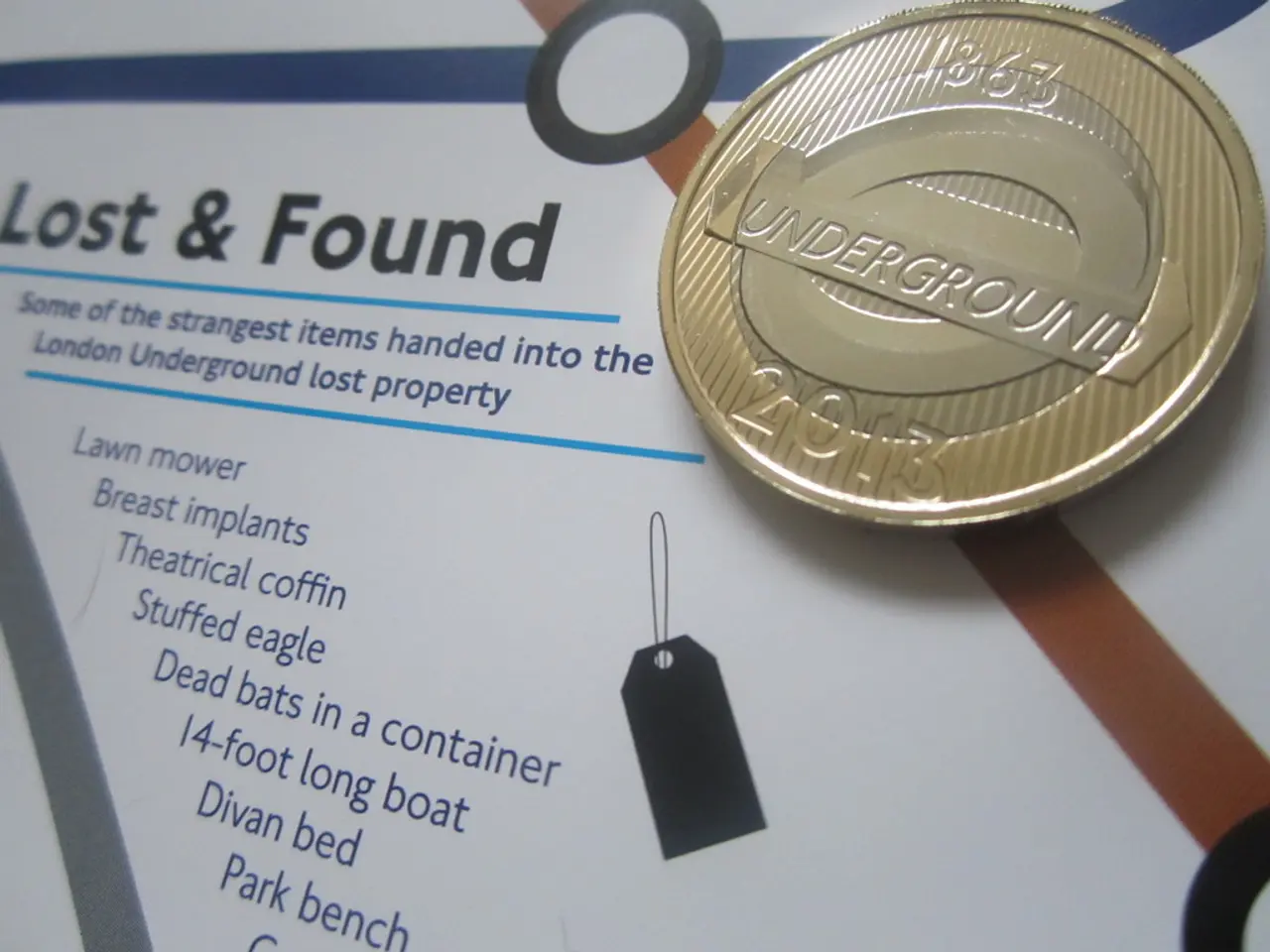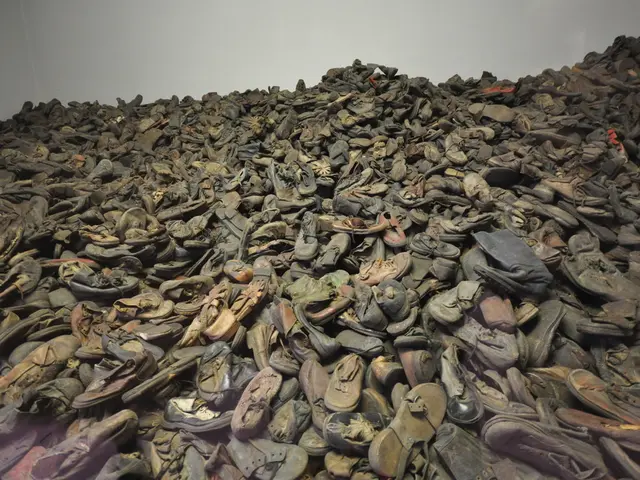Annual Money Laundering Updates Highlights of the Year 2021
In the rapidly evolving world of digital assets, regulatory bodies are stepping up their efforts to combat money laundering and terrorist financing. The Financial Action Task Force (FATF), a global standard-setting authority, is leading this charge, emphasising enhanced regulatory frameworks for virtual assets and virtual asset service providers (VASPs) to address the risks of illicit use associated with non-fungible tokens (NFTs) and stablecoins.
The FATF's 2025 report underscores ongoing challenges in regulating virtual assets, particularly the increasing illicit use of stablecoins and decentralized finance (DeFi). The report calls for enhanced public-private cooperation and international efforts to identify and supervise VASPs, including those dealing with NFTs and stablecoins.
The FATF's standards extend AML/CFT obligations to virtual assets broadly defined, encompassing cryptocurrencies, stablecoins, NFTs, and DeFi instruments. This inclusion reflects their potential misuse and the need for regulatory clarity and enforcement globally.
Countries are aligning their implementations with FATF guidance. For instance, Hong Kong's new Stablecoins Ordinance, effective from August 1, 2025, requires stablecoin issuers to implement institutional-grade reserve management, real-time auditability, and on-chain KYC/AML measures congruent with FATF standards.
Similarly, Australia's AML/CTF Amendment Act (2025) updates the regime to explicitly include stablecoins and NFTs under the definition of “virtual assets,” extending regulatory oversight and compliance requirements to these asset types and their service providers.
Other jurisdictions, like Japan, currently do not have specific rules targeting NFTs but expect DeFi and virtual asset firms to comply with general AML/CFT standards. The OECD’s Crypto-Asset Reporting Framework (CARF), operational since mid-2025, includes NFTs and stablecoins within its scope for reporting obligations, reinforcing the trend towards greater transparency and regulatory oversight of such digital assets internationally.
The Securities and Futures Commission (SFC) in Hong Kong updated its AML guidelines for licensed corporations in 2021, introducing institutional assessment of AML risks, additional measures under the risk-based approach, updated customer due diligence requirements for cross-border correspondent relationships, and indicators for suspicious transactions. Owners and operators of decentralized services must comply with AML regulations if they perform financial operations using VAs on behalf of their customers.
These regulatory updates underscore a global commitment to combat illicit activities in the digital asset space. As the use of NFTs and stablecoins continues to grow, regulatory bodies will likely continue to refine and expand their AML regulations to ensure the integrity and security of these emerging digital asset classes.
The FATF's standards expand AML/CFT obligations to encompass technology-based assets like cryptocurrencies, stablecoins, NFTs, and DeFi instruments, recognizing their potential for misuse. Hong Kong, for instance, has implemented the Stablecoins Ordinance, requiring stellar reserve management, real-time auditability, and on-chain KYC/AML measures for stablecoin issuers, aligning with FATF standards.
Australia, in tandem, has updated its AML/CTF Act (2025) to encompass stablecoins and NFTs under the definition of "virtual assets," thereby extending regulatory oversight and compliance requirements to these assets and their service providers. This global trend towards greater transparency and regulatory oversight of digital assets is also reflected in the OECD’s Crypto-Asset Reporting Framework (CARF), which includes NFTs and stablecoins within its scope for reporting obligations.




